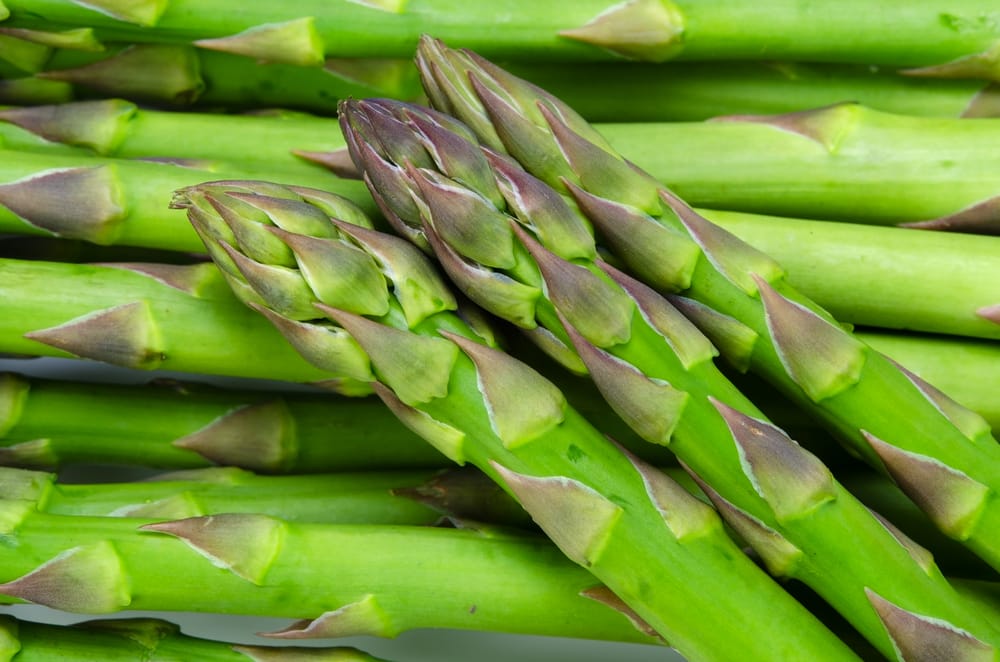
From the many vegetable greens that you can grow today, asparagus is quite a popular choice among gardeners. However, comparing the green to other vegetables which are self-pollinating, asparagus falls under the category of being dioecious. This means that asparagus plants can be both male and female.
While this might not seem like a big deal, for most gardeners, it is. If you have found yourself confused regarding the gender determination of the plant, then you have come to the right place! We will be giving a detailed comparison of both male vs female asparagus plants to help you learn more about them.
Male vs Female Asparagus Plants
How To Determine the Plant’s Gender?
The first thing that you should learn about asparagus plants is exactly how you are supposed to identify the plant’s gender. Female asparagus should be able to produce seeds that look a lot like red berries. On the other hand, male plants should produce spears that are much thicker and larger than their female counterparts.
The male version of the plant should have around 6 stamens and a single small pistil, whereas the female plant has 6 small pistils and 3 different stamens. That being said, you can look inside a male flower plant. If you are able to see orange or yellow-colored stamens, it should be a male plant. For a female plant, you should find green or white-colored pistils.
By figuring out these characteristics of the plant, you should have a better chance at learning the gender of the asparagus.
Is There Really a Difference Between the Two?
While it is true that both male and female asparagus have slightly different ways of how they look, is there really a difference between the two? As the female asparagus produces seeds, they can use a lot of energy on producing these seeds. So, even if the female plant should help you in getting more spears, they are a lot smaller in size when compared to the male version.
Another distinguishing fact about the female is that they drop seeds through which new seedlings can form, ultimately causing overcrowding. This is also where the male asparagus seems to have an edge over the female ones.
As a matter of fact, most gardeners prefer growing male asparagus due to this reason alone. As most of them just want to have a bigger yield, male asparagus plants help these gardeners be able to achieve it. Also, the male plant is known to live longer than female plants, due to their energy being preserved during spear production.
There are also certain hybrid versions of the plants which are much more tolerant from the cold and resistant to fusarium and rust.
One last difference to note is that in usual cases, male flowers of the plant do not turn into berries. In contrast, female flowers turn into berries soon after they are pollinated.
Which One Should You Grow?
The biggest question which still remains is which one of two should you grow in your garden? While it is clear that male asparagus plants are favored more due to obvious reasons, certain gardeners still like to grow the female version.
So, as much as you would want to learn about the best choice, it still boils down to whichever one you prefer more. If you really don’t care about the yield and the lifetime of the asparagus plant, then you should be fine with either one.
Also, as already mentioned above, you should be able to find certain visual differences between the plants.
The Bottom Line:
Comparing male vs female asparagus plants, there are certain differences between both versions of asparagus which makes one apart from the other. While the male asparagus plant lives a longer life and should give you more yield, female asparagus plants usually give smaller spears. Apart from that, only the female flowers should turn into berries after getting pollinated.
For more comparisons like this, be sure to check out our other articles where we compare all kinds of stuff related to gardening!
